Putalibazar Syangja: Ropain Jatra (Rice Planting Festival)
The Rice Fields of Nepal
Nepal is usually dreamt as being a country of jagged snow-covered mountain peaks where the world’s bravest climbers defy nature to reach the summit of Mount Everest. While the northern border of the country is blessed with towering mountains, the landscape of the rest of Nepal could not be any more different.
Image of mirror-like rice paddies reflecting jungle-covered mountains shrouded by low hanging mist is usually reserved for South-east Asian countries. Little known to the rest of the world, Nepal’s landscape is just as diverse as it is breathtaking.
Looking to travel to discover more towns off the beaten path? Check out Panauti!
The Breadbasket of Nepal
Much of Nepal’s villages are nestled in long valleys which snake throughout the country. It is here where Nepal’s breadbasket lays. lush green fields as far as the eye can see.
Many people travel to tourist hubs in Vietnam and Thailand for the chance to explore winding paths that twist and wind through the paddies. Little do they know that in Nepal you can practically have the entire expanse of rice fields to yourself, tourist free!
Be sure to check out the Aarati Puja while traveling through Nepal! Read more here!
Traveling to Putalibazar
Just an hour south of Pokhara lays the sleepy district capital of Syangja District: Putalibazar. Carved into the hillside, this small city consisting of only a few streets overlooks the Adhi river (Adhikhola) and farmland resting in the middle of the valley.
Other than to get to the paragliding hotspot of Sworek, there is little reason for tourists to linger in Putalibazar. The city only hosts a few temples and alleyways which would typically fail to hold a traveler’s attention.
This is not to say there is nothing to explore in Putalibazar, but rather nothing to plaster on an advertisement to encourage foreign travelers to hop off their couch cushions and book the next flight to Nepal.
The beauty of the city lies in the farmland just a short walk away from the central bazaar. There is no other time out of the year where you can better see the rice paddies come alive with games and festivities than during the Ropai Jatra, also known as the Rice Planting Festival!
You can read more on Sworek here!
Kicking off Ropain Jatra in Syangja
One could get lost in the number of names that this rice planting festival goes by. Ropain (also spelled Ropai) Jatra, Hile Jatra, Mud Festival, and National Paddy Day are just a few of the titles given to mark the start of the rice planting season on the 15th of Asar.
Regardless if you find yourself in a city holding festivities or not, this is the date which signifies the beginning of the monsoon season. Therefore, throughout the country, you can see men busy plowing the fields while women work in rows sticking small stalks of rice into the mud.
For those looking to see the community come together in the form of dance, song, and frolicking in the mud then you will have to make sure to catch the Ropai Festival!
Another one of Nepal’s most famous festivals is the Bisket Jatra, read more here!
Taking a Break From Planting
Like many cultural events celebrated in Nepal, the Ropai Jatra has its roots in Newar tradition. Due to the vibrancy of Newari culture, many of their festivals and dances have been adopted by the country as a whole. Today, National Paddy Day is celebrated in various ethnic communities throughout Nepal.
Syangja has followed the suit of other cities by holding their own rice planting festival put on by the Syanja Youth Club. Although the holiday was bogged down at first with droning speeches made by local politicians, it wasn’t before too long before everyone was knee deep in mud.
At first, the small colorful tent erected in the middle of Putalikhet, a village outside of Putalibazar, only attracted a handful of curious passersby. Eventually, the commotion attracted the attention of local farmers who quickly finished their work in their own paddies to join in the games at the festival.
Read more on the Ropain Jatra here!
The Mud Festival
If you decide to attend Nepal’s Hile Jatra, you better prepare to get muddy. Mud is seen as representing prosperity in Nepal since it is where the people’s staple crop, rice, is grown. By the time the festival comes to a close, many people are sure to have a prosperous coming year!
The events held at Syanja’s Ropai Jatra were simple. A mud relay, tug-of-war, and a rice planting race were just a few of the competitions held at the edge of Putalibazar. The relay only lasted a few seconds as a group of young men bolted across the flooded fields to grab a flag before turning back, spraying onlookers with a wave of mud in the process.
The tug-of-war event lasted much longer. So long in fact that the event organizers had to begin other events before a winner was declared. The two teams jumped into the mud and made their way to the separate ends of the rope. As soon as the whistle was blown, both sides slowly sunk deep into the mud. For more than 5 minutes both groups of competitors ground their teeth as they were stuck in a deadlock.
Before a decisive winner could be declared, many spectators abandoned the uneventful scene for rows of women ready to begin the next event of the festival.
You can read even more on the festival here!
Rice Planting Competition
As the men were stuck in the mud trying to best their opponents in a game of tug-of-war, rice seedlings were being distributed to a row of women donning colorful khurtas and cholos. This event was dubbed the Rice Planting Competition, which seemed to start as some kind of race. The women quickly took a bundle of seedlings and worked their way backwards at a brisk pace.
What started as a heated competition eventually turned into an excuse to start throwing mud at each other, sing songs, and dance knee deep in the rice paddies. Some of the politicians even threw themselves into the mud to get a much-needed photo-op with local farmers.
Looking to get more in touch with Buddhism? Check out Namo Buddha here!
Bringing Together the Community
Locals will usually be the first ones to tell you that life in Nepal is not easy. No matter how much education one may have, a lack of jobs and opportunities force many talented people to either go abroad to search for work or stick to a life of farming. For locals in Syangja, most days are spent in the scorching hot sun, tending to crops. While many of these communities are self-sustaining, there is little to no chance to improve one’s standard of living.
Holidays such as the Ropai Jatra is a way to relieve the stress of daily life in Nepal by having the community come together and revive age-old traditions. People of all ages can be seen playing like children as they join together in song and smear mud across each other’s faces.
Looking to go paragliding in Syangja, check out Babu Adventure here!
Why See the Ropain Jatra in Putalibazar
National Paddy Day is now celebrated throughout the country, from Kathmandu Valley to Pokhara. In the larger cities, you are sure to come across larger events which attracts a far larger crowd than the festival in Putalibazar.
The only possible downside to attending the Hile Festival in a city like Pokhara is that you may not feel as intimate a feeling with the locals as you would in a smaller village. While you will have marathons and twice the events you would find in Putalibazar, the lack of tourists and the sense of immersion will truly make you feel close to the people of Nepal.
Even if you are in Pokhara, Putalibazar is just an hour’s ride away, meaning you can enjoy the comforts of city life while still partaking in the festivities of the countryside!
You can read more on the Ropain Festival in Pokhara here!
Celebrating Ropain Jatra in Syangja
2019 was the first year the Ropain Jatra was held in Syangja. The group of young people who held the festival put on quite a show for the locals who attended the competitions outside of Putalibazar. The competitions were said to start at 11:00 am, but in reality, this is when most of the staff started arriving. It wasn’t until nearly 12:30 that the first of the local politicians took to the stage to welcome the crowd.
At first, it seemed that the organization failed to advertise Syangja’s National Paddy Day. Only a group of fewer than twenty people hid under the cover of shade while the Youth Club started to kick off the event. Eventually, the crowd swelled to a number over one thousand.
Putalibazar’s Ropain Jatra held everything from relay races, tug-of-war, rice planting, and even paragliding. The event organizers also handed out bowls of dahi chiura (beaten rice), a traditional dish eaten on National Paddy Day. The whole event was said to last from 11:00 to 5:00. Much of this time, however, was spent wandering around the rice fields waiting for the festival to get set up.
Being the first time Syangja Youth Club has held the Ropai Jatara, one could say with confidence that the event went by smoothly. We can only hope that in the coming years the festival can continue to improve and become even bigger. Although competing with the festivities in neighboring Pokhara, Putalibazar is a far better place to truly immerse yourself in Nepali culture and travel 0ff of the beaten path.
This photo was taken by Rimigha Studio, check out his work here!

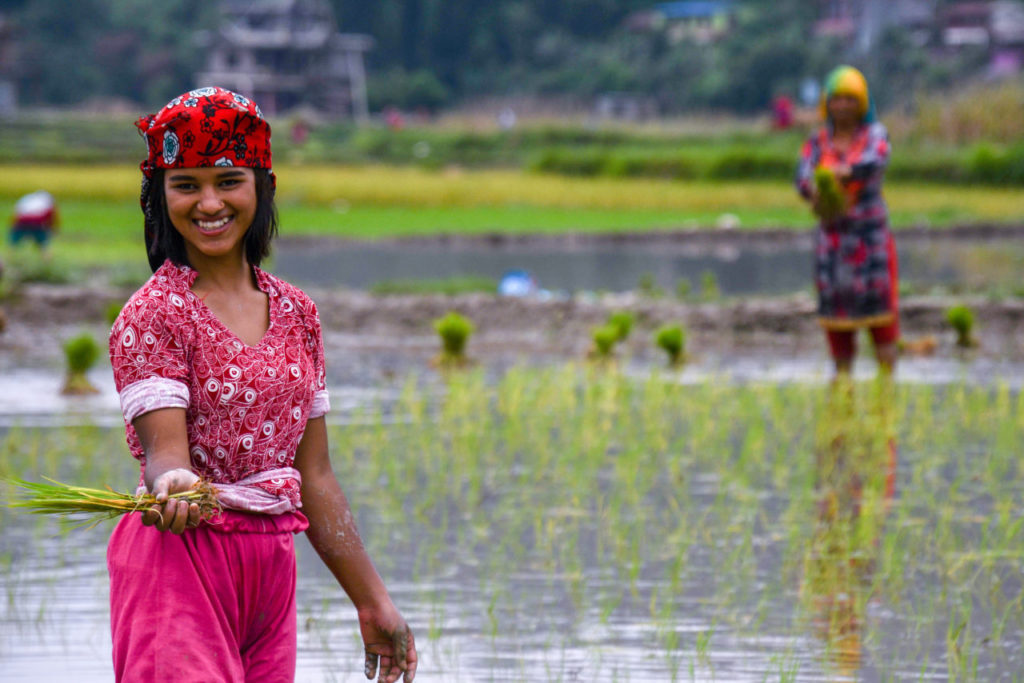
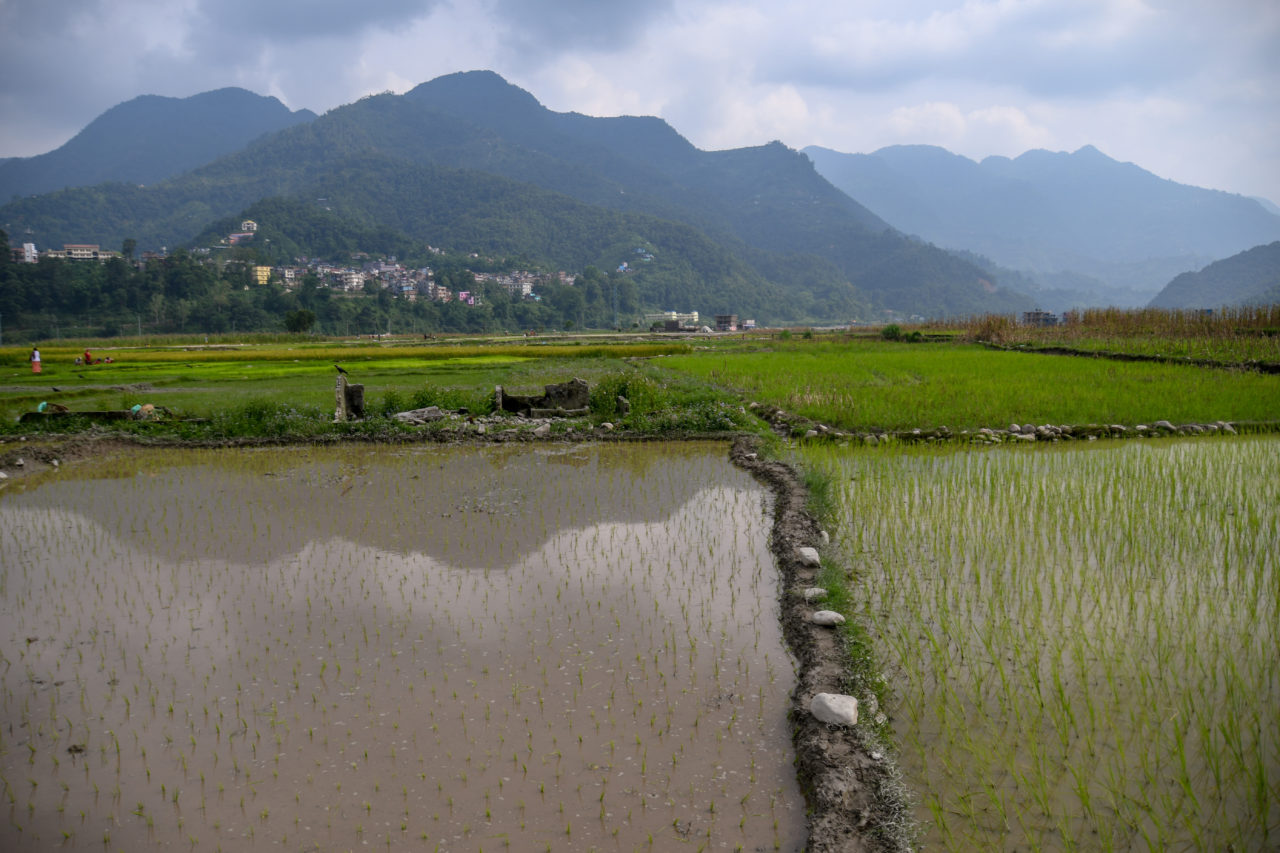
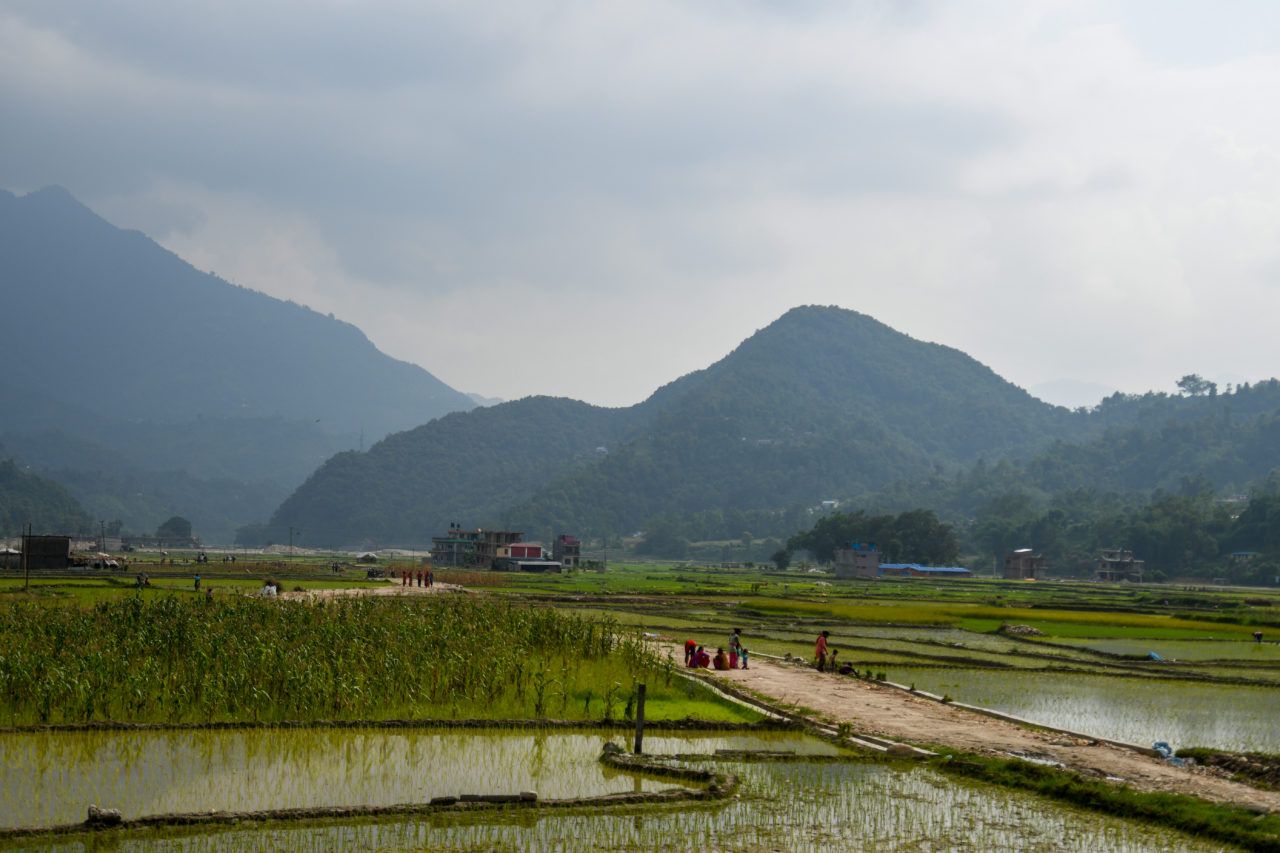
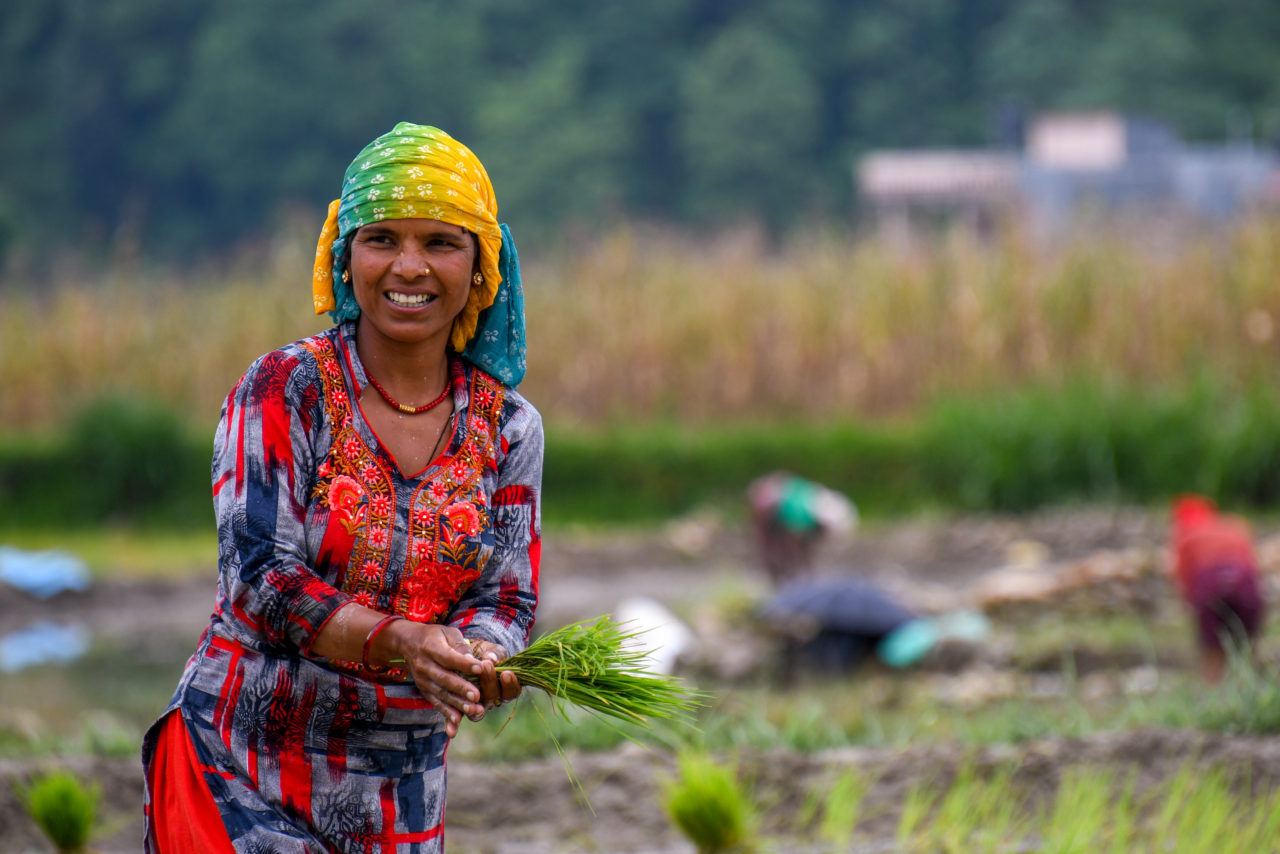
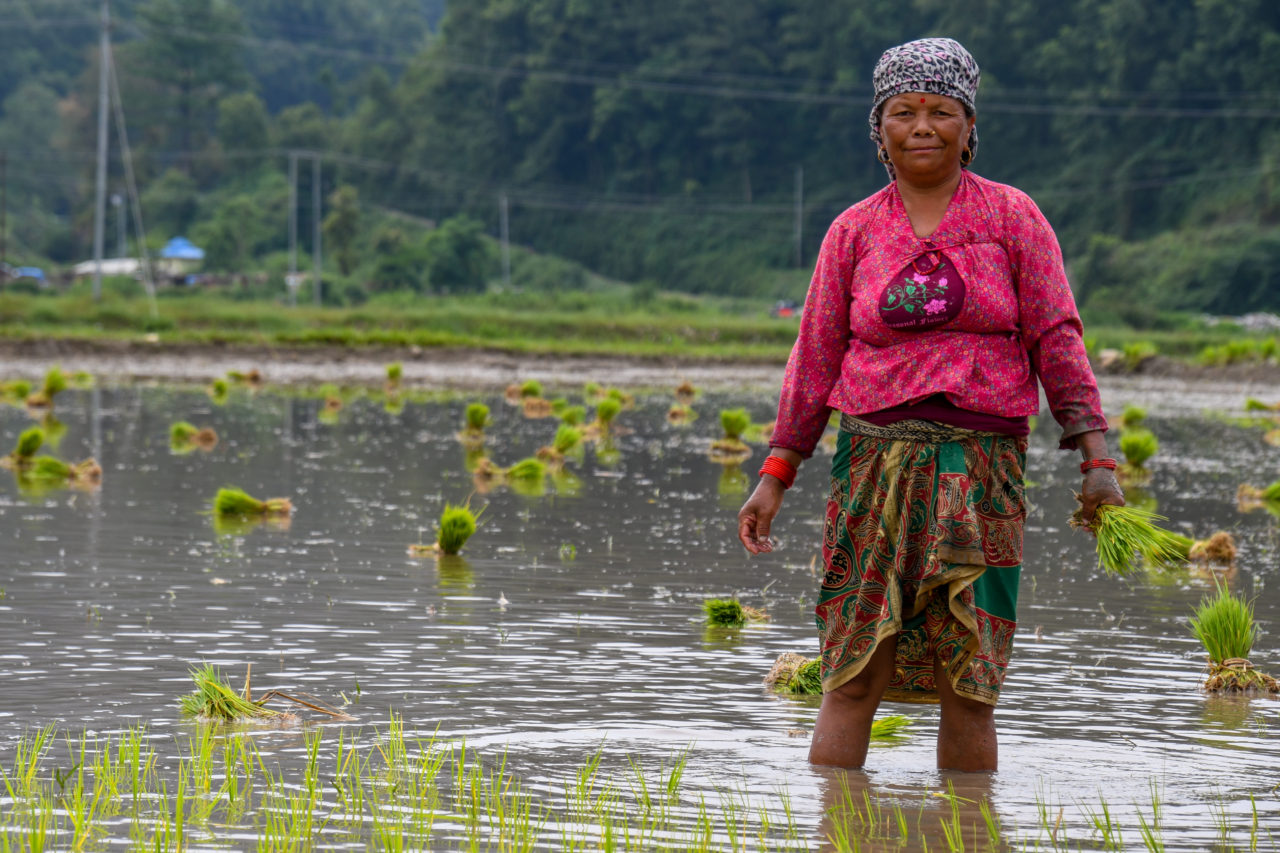
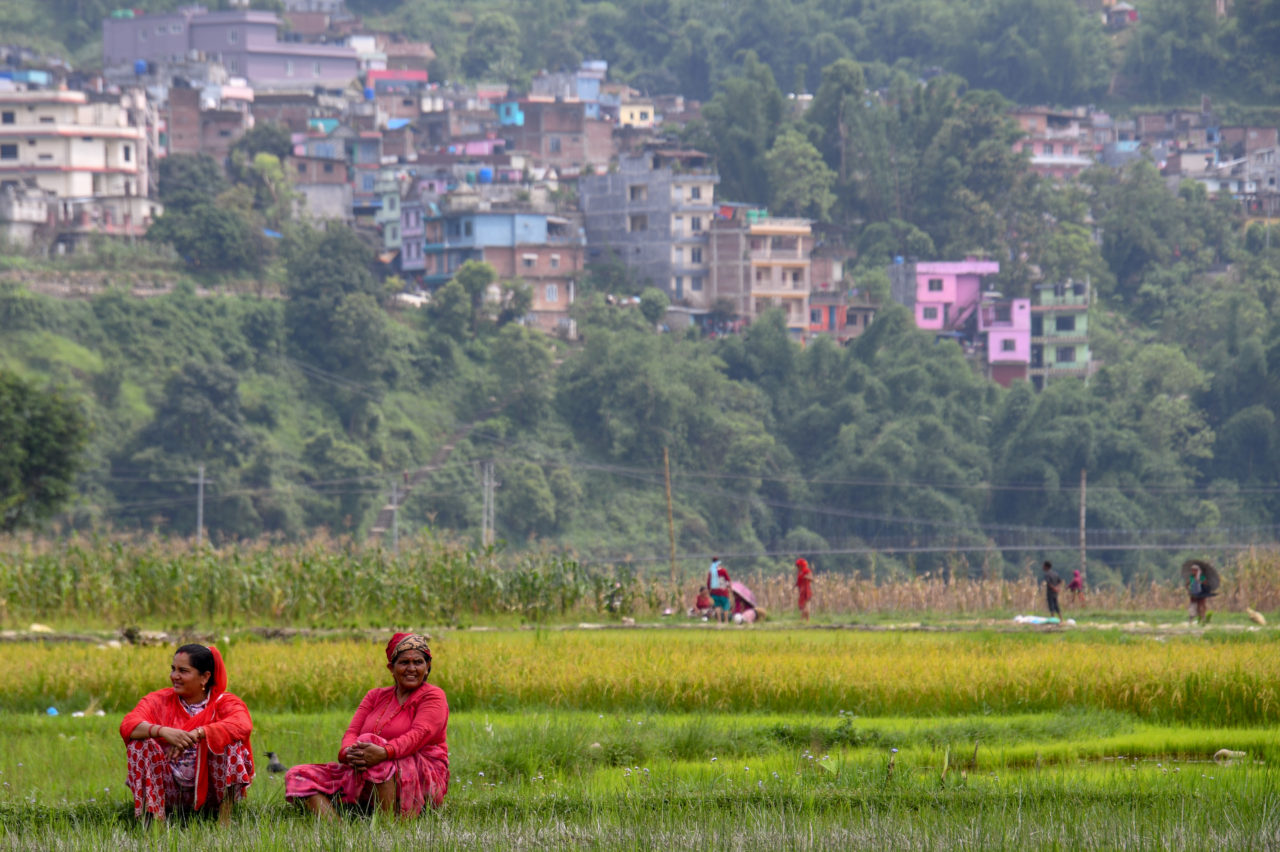
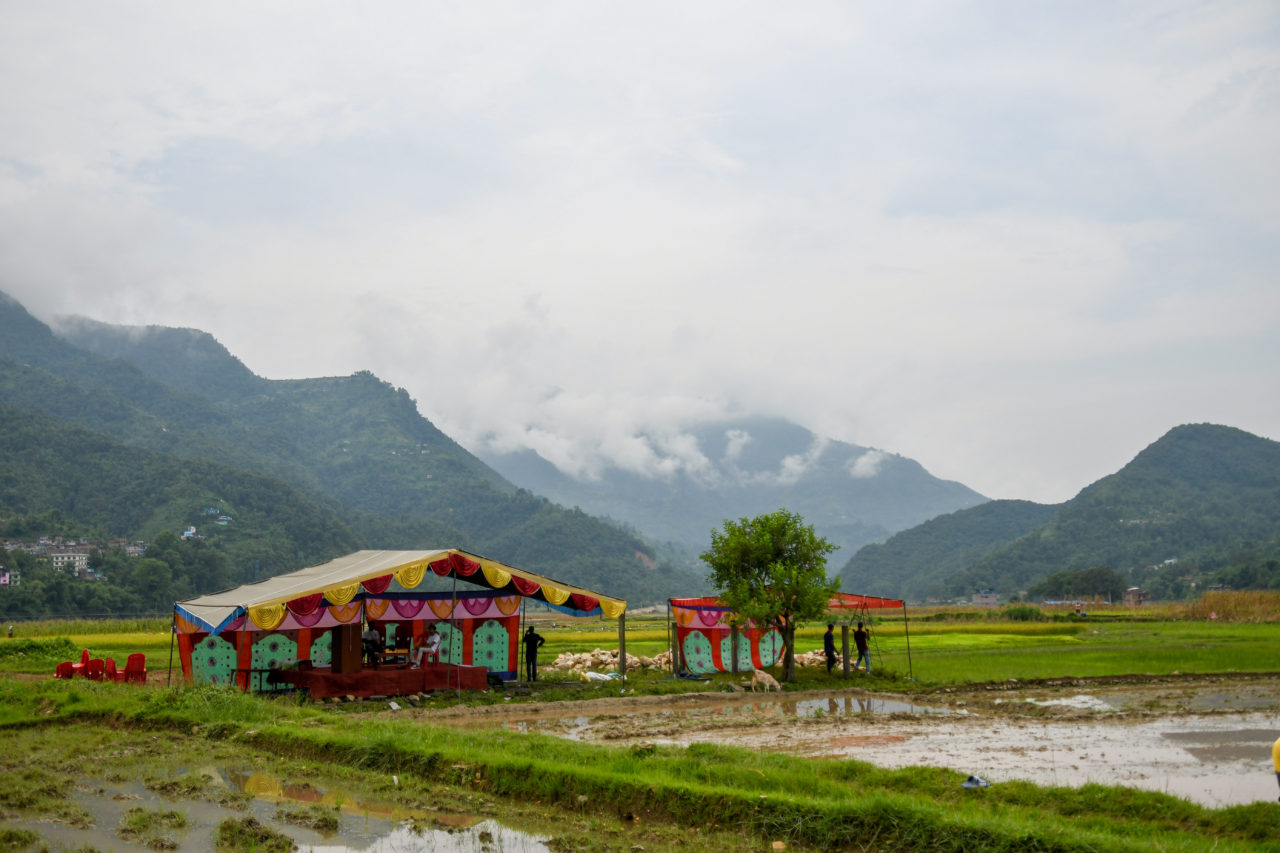

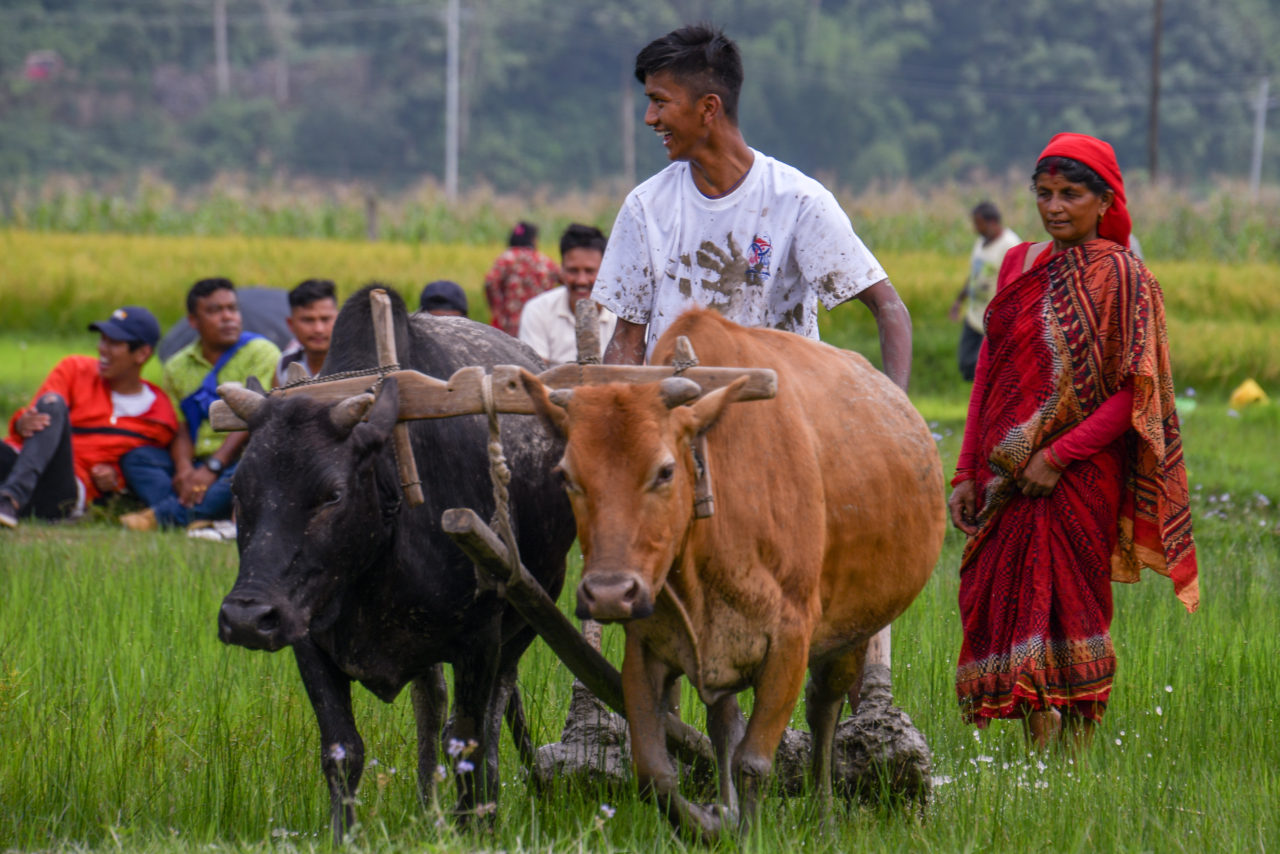
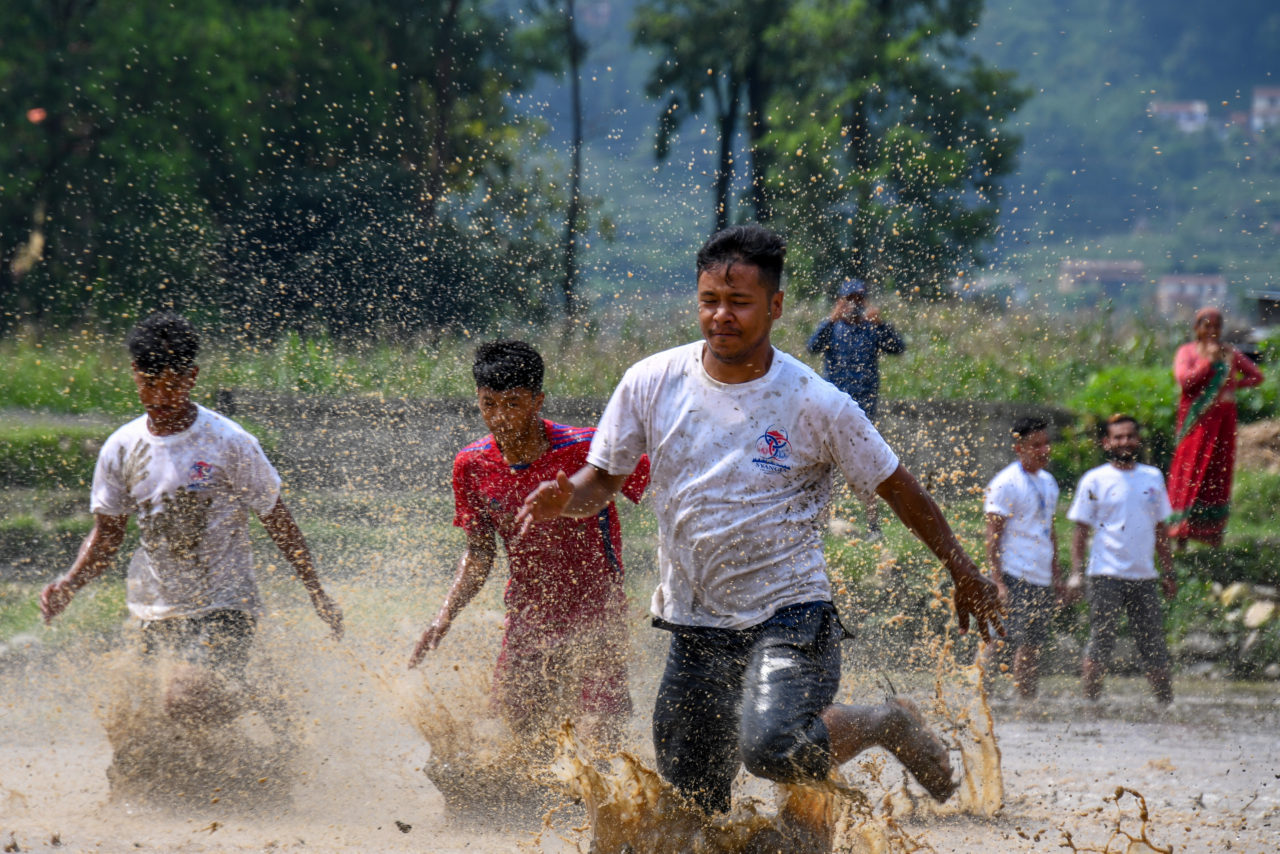
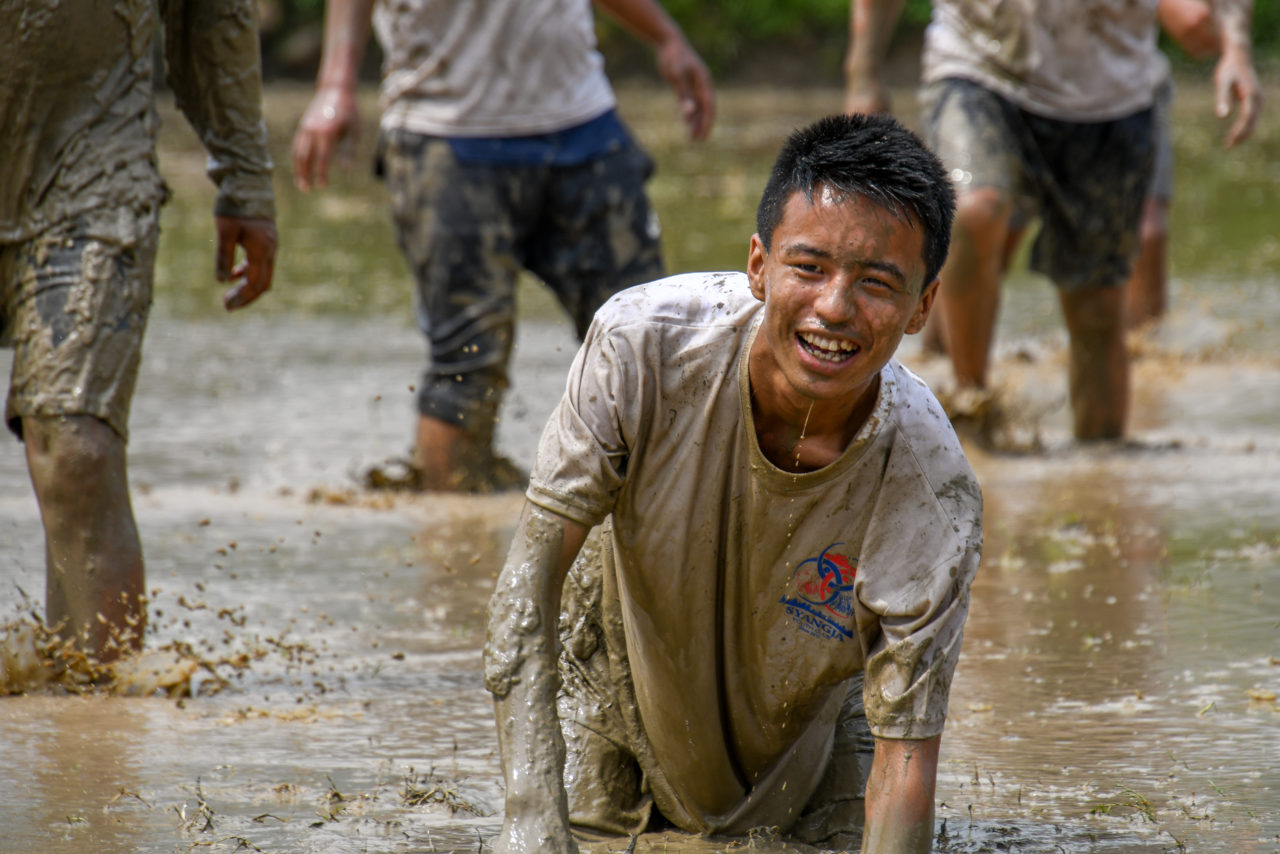





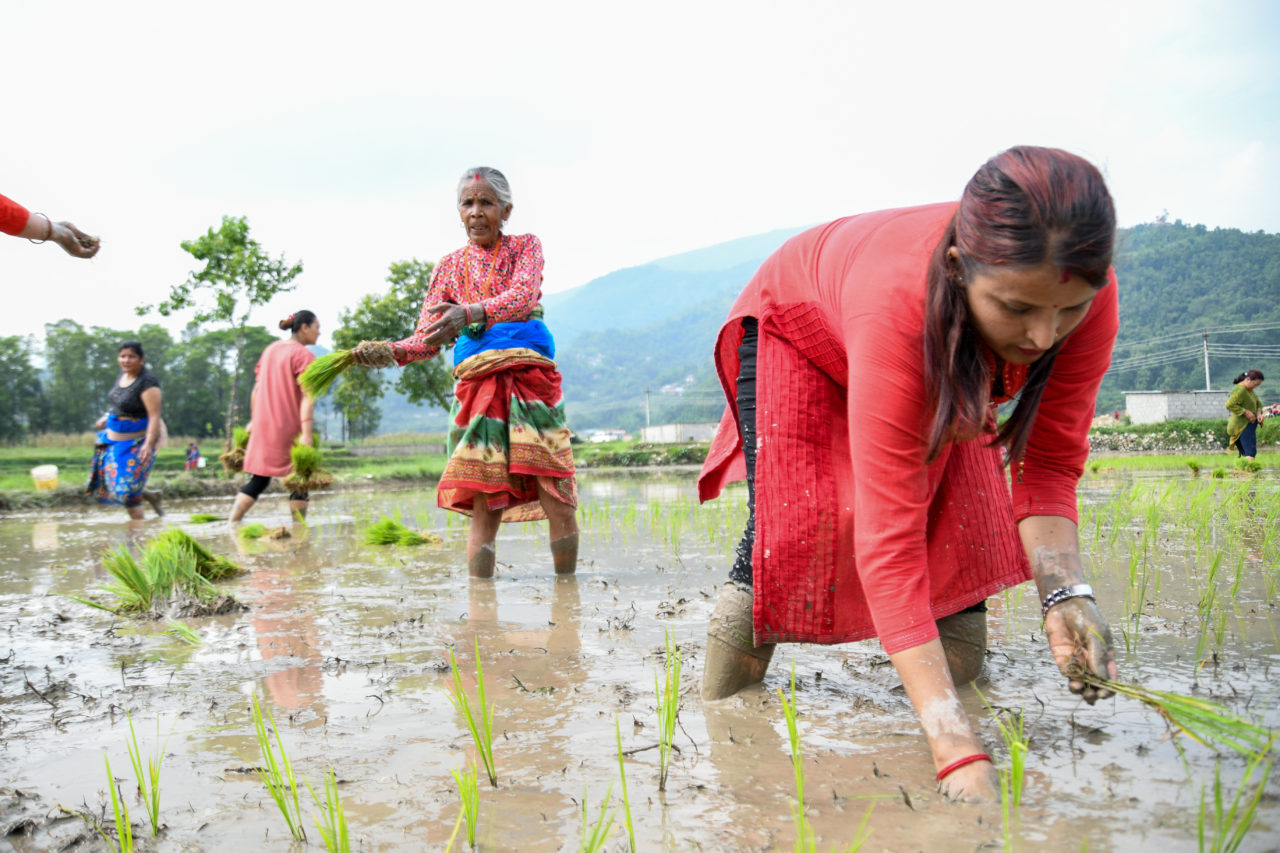

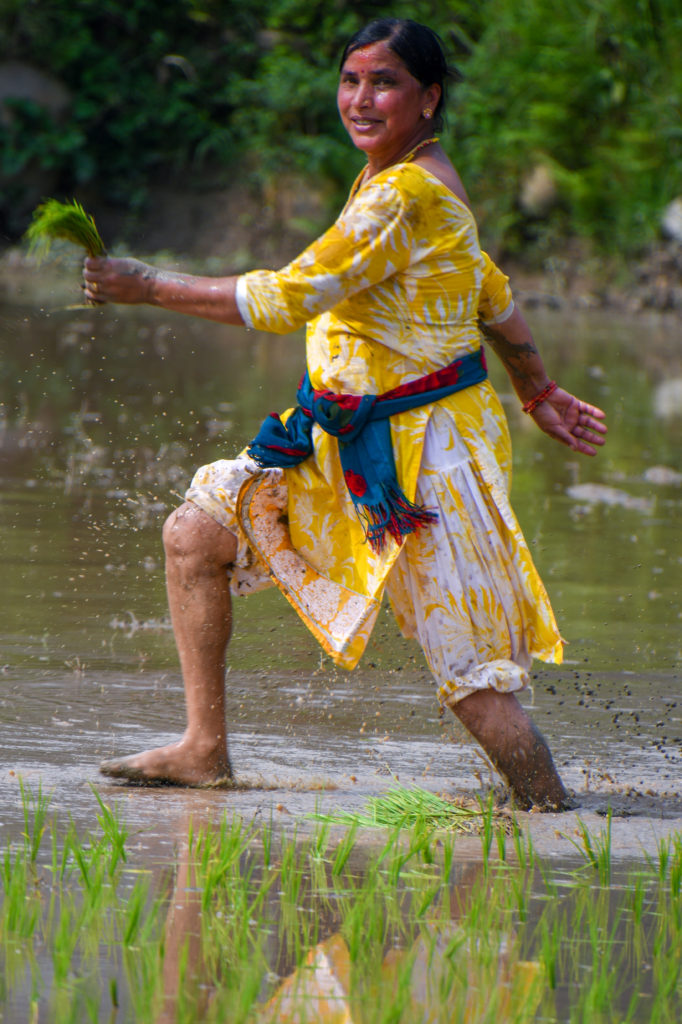





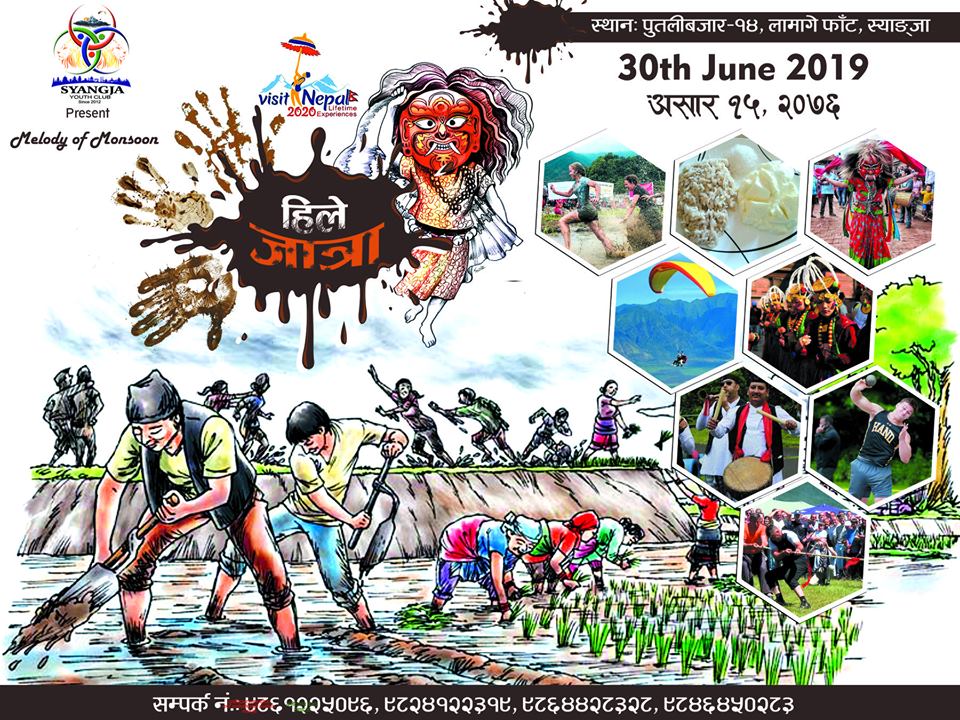
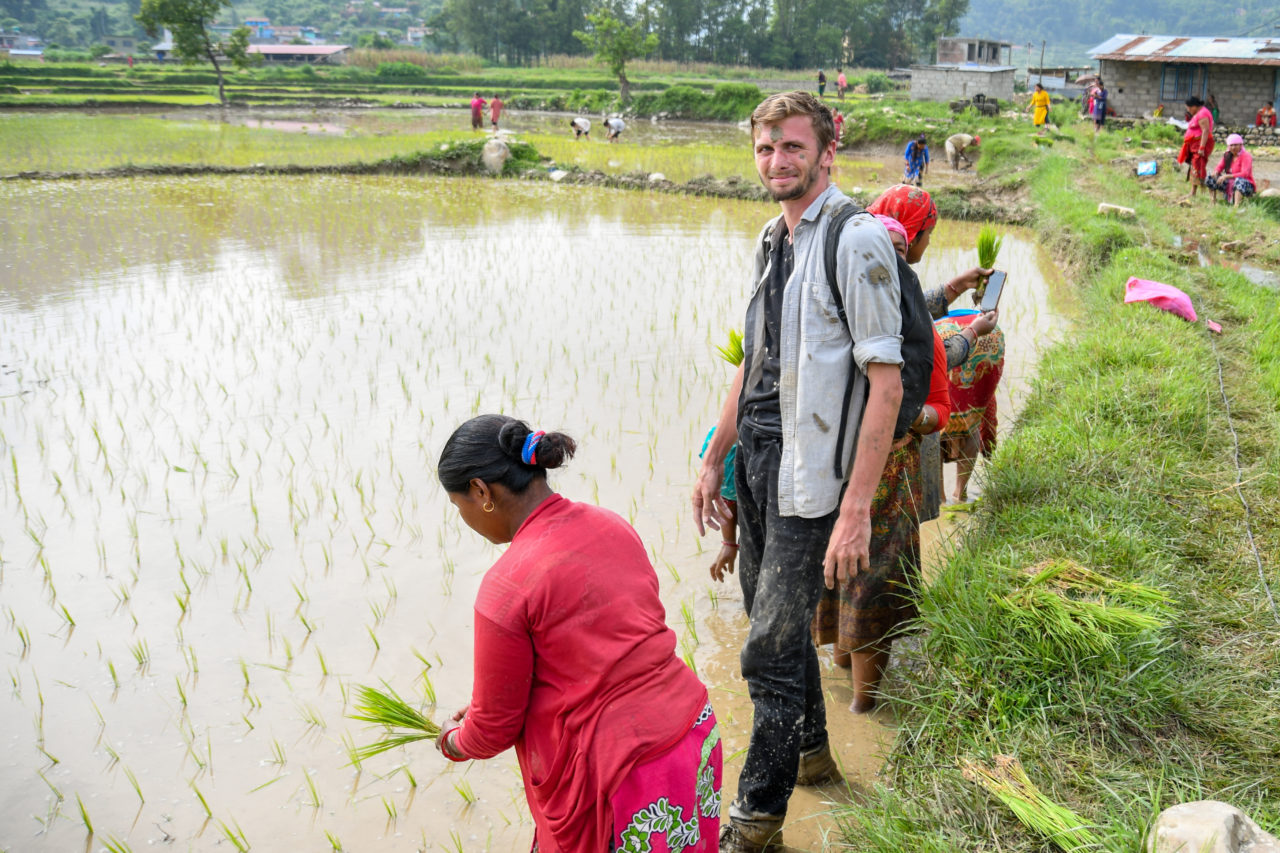
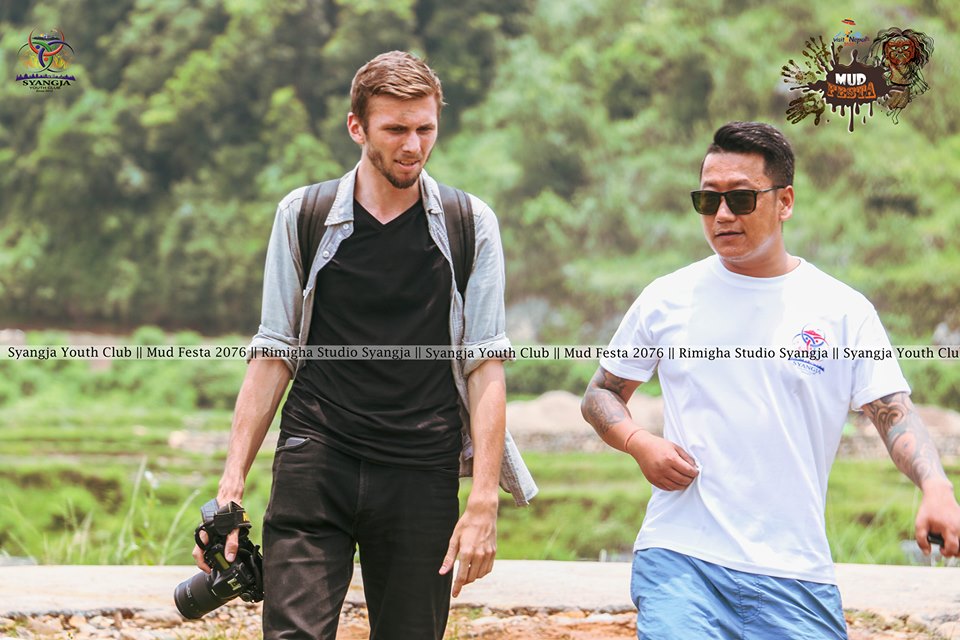
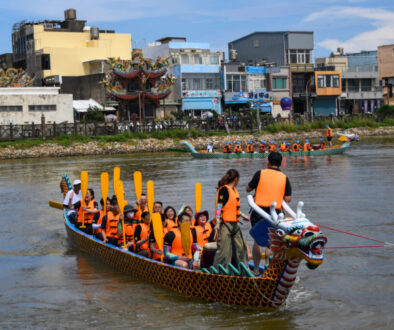
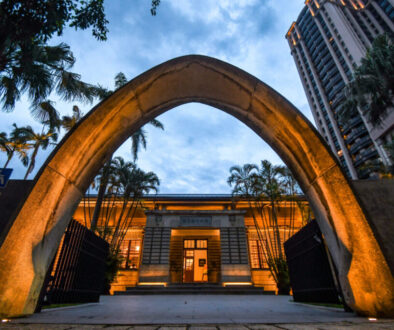
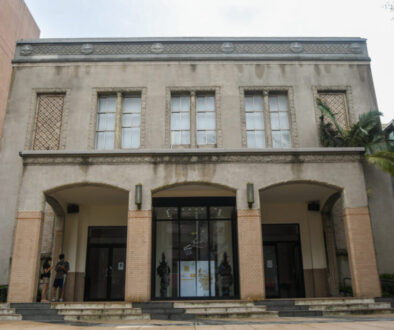


What To Do in Tansen, Palpa - ORPHANED NATION
July 12, 2019 @ 8:28 pm
[…] Looking to check out another city on the way to Pokhara or Butwal? Why not stop in Putalibazar? […]